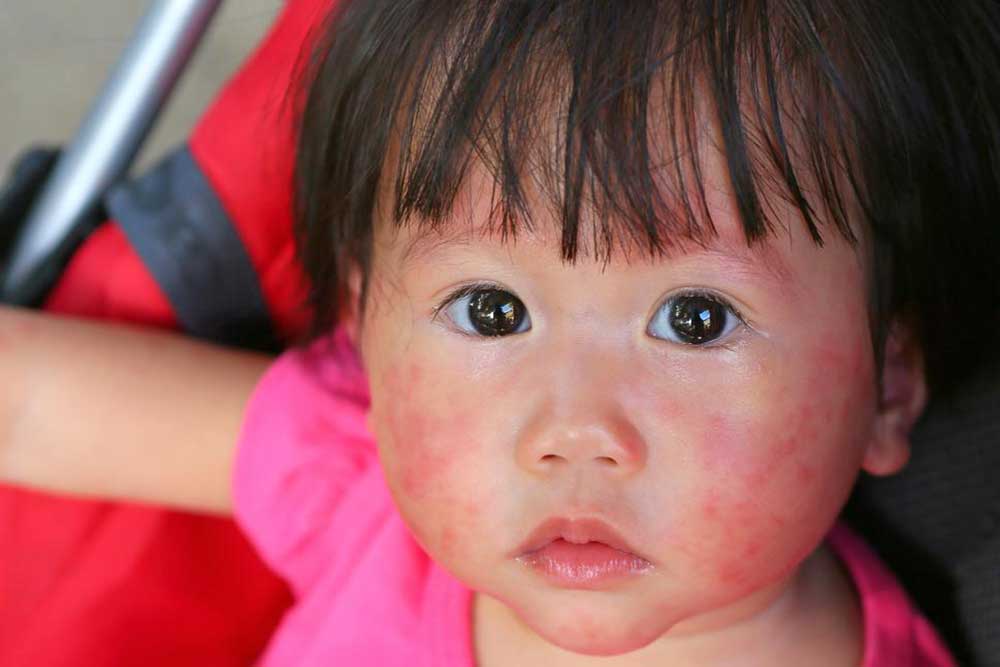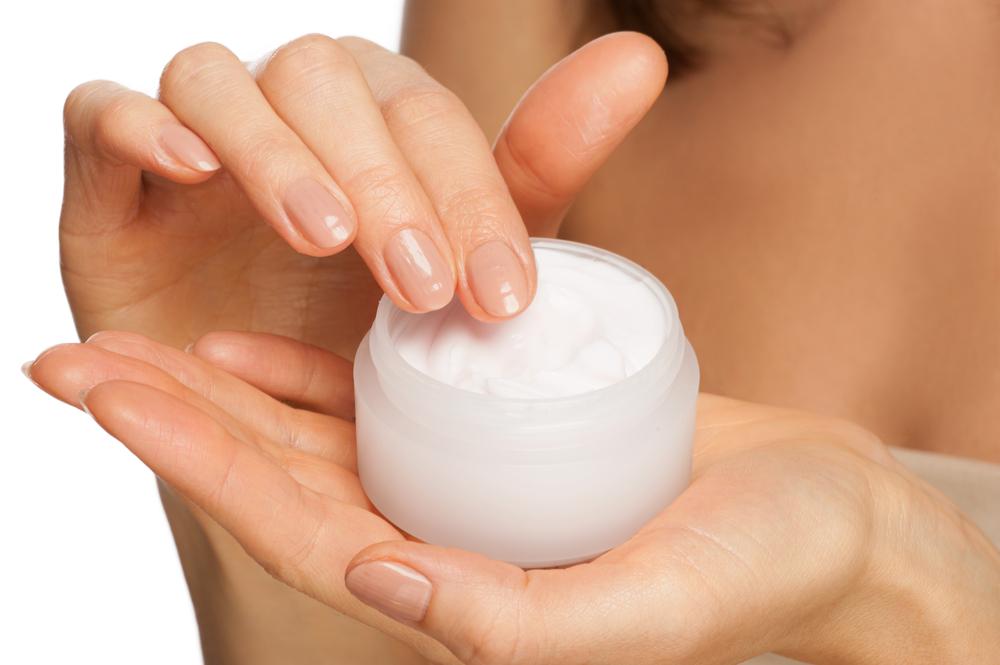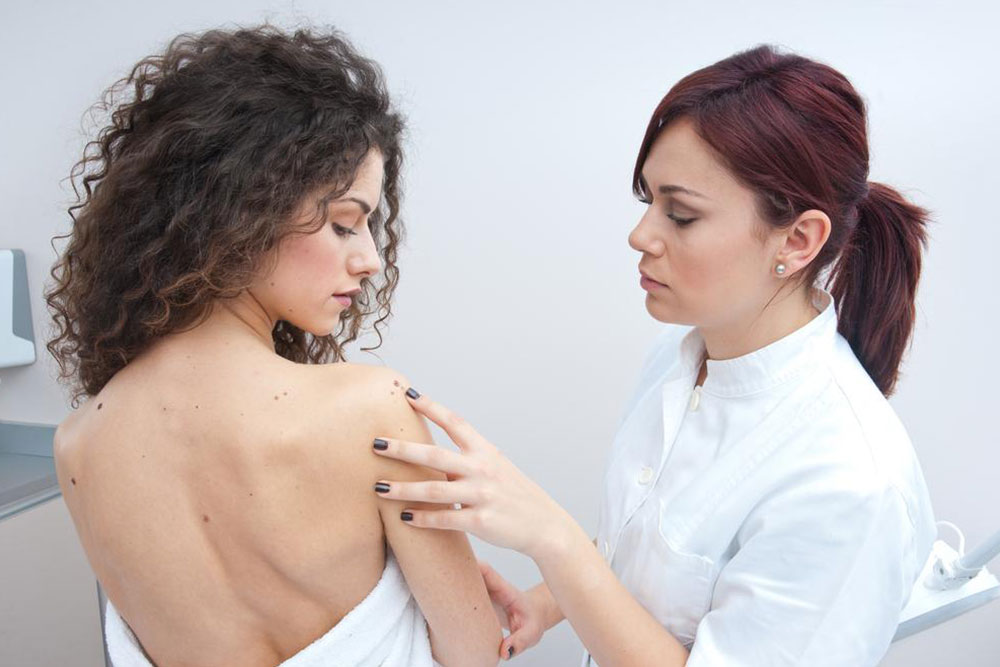Comprehensive Guide to Skin Growths: Everything You Need to Know About Seborrheic Keratosis
This comprehensive guide delves into seborrheic keratosis, a common benign skin growth affecting older adults. It covers appearance, causes, risk factors, and when to seek medical advice, empowering individuals with knowledge to manage skin health effectively. Learn how to distinguish these harmless growths from more serious conditions, and discover available treatments to improve your skin’s appearance and confidence.

Comprehensive Guide to Skin Growths: Everything You Need to Know About Seborrheic Keratosis
As we age, our bodies undergo a series of natural changes, many of which manifest visibly through the skin. One common skin condition that tends to appear in older adults is seborrheic keratosis, a benign skin growth that may influence one’s appearance, self-confidence, and overall skin health. Despite being harmless, these skin growths can sometimes look alarming, especially because they can resemble more serious skin conditions such as cancer. Therefore, understanding seborrheic keratosis—their appearance, causes, risk factors, and management—is vital for people seeking to maintain healthy skin as they age. This extensive guide aims to answer key questions about seborrheic keratosis to help individuals distinguish between benign growths and warning signs requiring medical attention.
What exactly is seborrheic keratosis?
It is a common benign skin condition characterized by the development of wart-like growths that are generally harmless and do not pose any health risks.
Although they may resemble skin cancer, these growths are non-malignant and do not threaten health. Their appearance can sometimes be mistaken for more serious conditions, which often leads to concern.
Typically, seborrheic keratosis presents as brown, black, or light tan bumps on the skin's surface, especially on the face, chest, shoulders, or back. They are painless, and various treatment options are available to remove or improve their appearance.
What are the visual characteristics of seborrheic keratosis lesions?
These lesions often start as small, rough patches that gradually develop into thicker, wart-like growths over time.
They tend to be round or oval in shape, with colors spanning white, yellow, brown, to black shades, making them quite noticeable.
They have a “stuck-on” appearance—meaning they look as if they are pasted onto the skin—and often have a waxy, slightly raised surface.
Multiple lesions can occur simultaneously, especially on the face, scalp, chest, shoulders, or abdomen, but they are never found on the palms or soles of the feet.
Who is at increased risk of developing seborrheic keratosis?
Individuals over the age of 50 are more prone to develop these growths, especially those with a family history of seborrheic keratosis.
Prolonged exposure to sunlight (UV radiation) can increase the likelihood of developing these skin lesions, making sun protection essential for at-risk populations.
When should you seek medical advice regarding skin growths?
If you notice new growths appearing on your skin that differ from existing ones.
If any growths change color, especially to purple, reddish-black, or other unusual hues.
If the lesions become painful, itchy, or develop irregular or jagged borders.
If only a single lesion appears, as seborrheic keratosis typically produces multiple patches or bumps on different areas of the body.
Any growths that look different from prior lesions should be evaluated by a healthcare professional to rule out malignancies.
Understanding skin growths like seborrheic keratosis is crucial for proper skin health management. While benign, their appearance can be distressing, and distinguishing them from more serious skin conditions is important. Regular skin checks, awareness of changes in moles or bumps, and consulting healthcare professionals when in doubt are key steps in maintaining healthy skin as we age. Treatments are available to remove these lesions if desired, including cryotherapy, laser therapy, or topical agents, ensuring that individuals can manage their skin's appearance effectively. Knowledge and proactive care are essential to avoiding unnecessary anxiety and ensuring early detection of potentially harmful skin issues.





